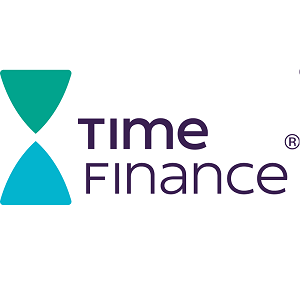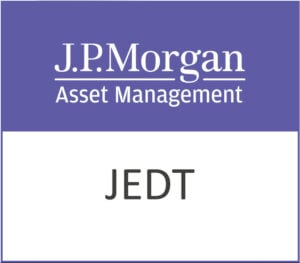Time Finance plc (LON:TIME) has once again demonstrated the strength of its lending strategy, reporting its fifteenth consecutive quarter of loan book growth in the latest 3Q25 trading update. With robust demand across its multi-product funding solutions, the group’s performance for the nine months to 28 February 2025 signals continued momentum and increasing scale.
The company’s own-book lending origination rose by 5% year-on-year to £69.3 million, up from £66 million in the same period last year. Impressively, around 90% of this new lending came from either Invoice or Hard Asset finance – a focus that continues to drive quality across the loan book. This strategic emphasis has helped push the group’s gross lending book to a new record of £210 million, a 10.5% increase from £190 million the previous year. Notably, 80% of the current book now consists of Invoice or Hard Asset finance, a significant rise from just 50% when the growth plan began in May 2021.
Operationally, Time Finance is reaping the rewards of this disciplined approach. Arrears have fallen by one percentage point year-on-year to 5%, while bad debt write-offs remain steady at 1% – a clear sign of the strength and resilience of its credit quality.
Revenues climbed 14% year-on-year to £27.3 million, reflecting consistent demand for the company’s tailored funding services. Perhaps most impressively, profit before tax soared by 40% to £5.9 million, already matching last year’s full-year result. Profit margins improved by two percentage points, now standing at 21%, underscoring the benefits of scale and the firm’s operational efficiency.
Looking ahead, Andrew Renton, Director of Research at Cavendish, expressed confidence in Time Finance’s trajectory, stating: “We firmly believe that the progress seen in the previous growth plan will be sustained over the next three-year plan. This will see the lending book growing by a further c.50%, arrears remaining stable, PBT margins increasing to the mid-twenties and RoE increasing to c.15%.”
Despite the company’s strong performance and upgraded guidance issued last month, the share price remains approximately 20% below recent highs. Cavendish notes the valuation as particularly attractive, with shares trading at just 8.2 times forecast FY26 earnings, a PEG ratio of 0.5, and a price-to-tangible net asset value of 1.0 times.
On a Final Note, Time Finance continues to execute its strategy with precision, delivering growth while maintaining tight control on risk. With compelling valuation metrics and strong forward guidance, the business is well-positioned for sustained expansion over the coming years.













































